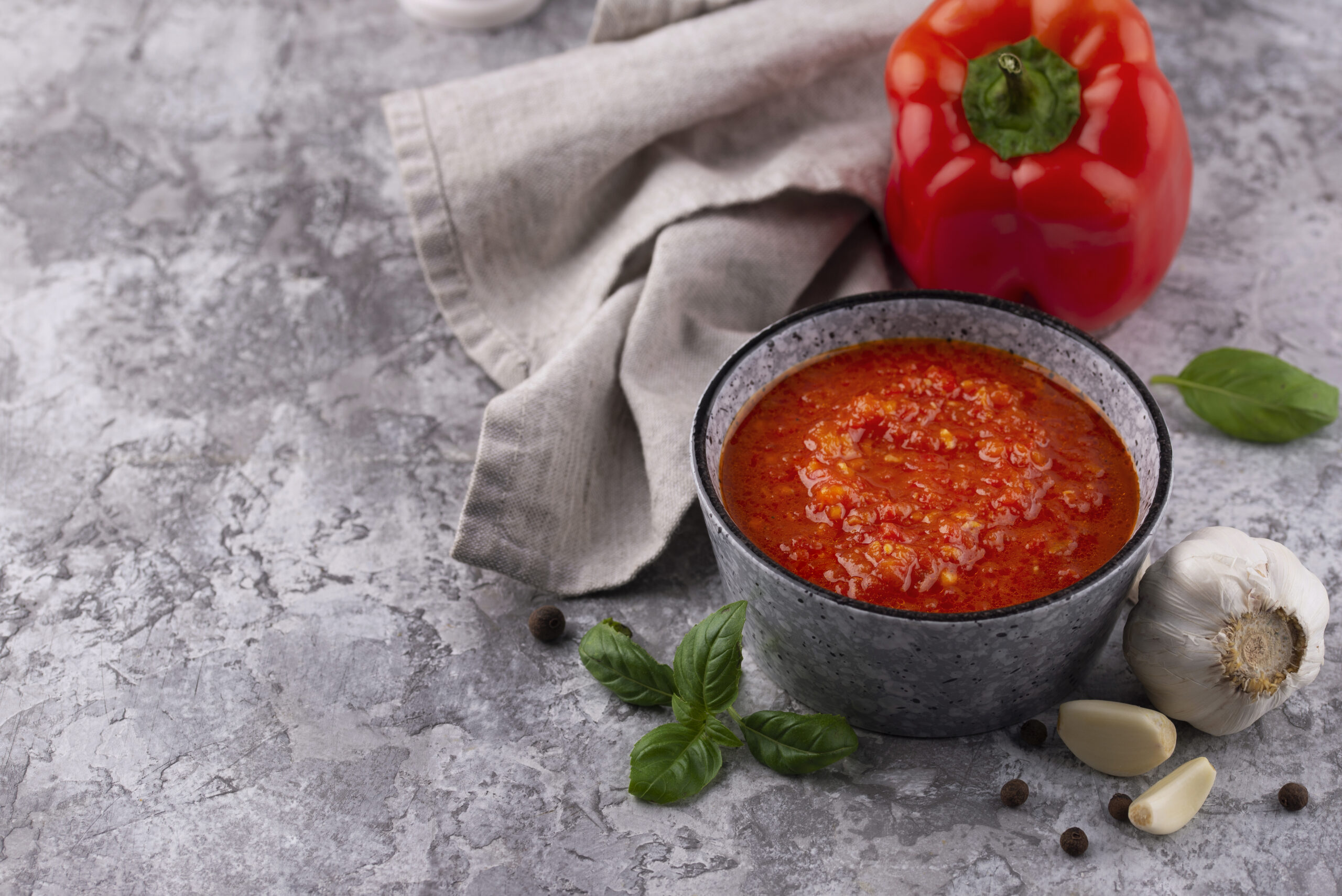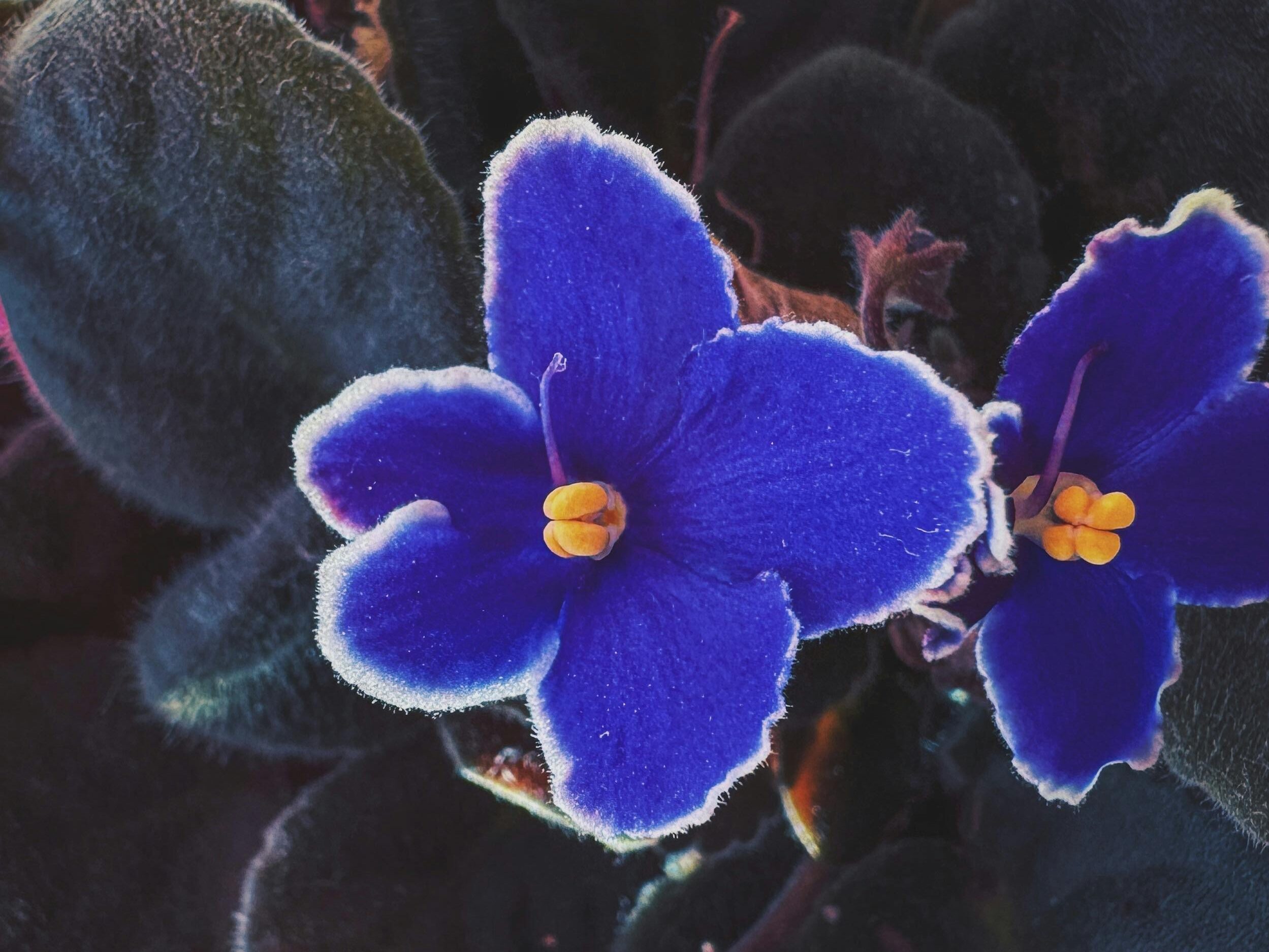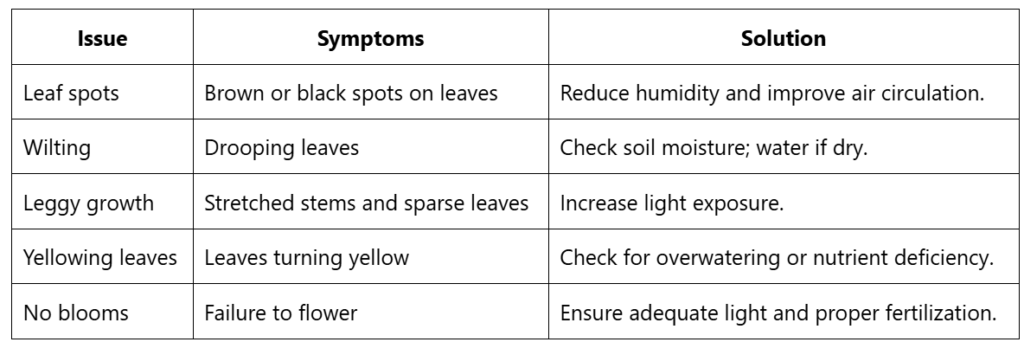- LIFE
Easy Homemade Marinara Sauce Recipe for Comfort


African violets are beloved for their vibrant blooms and manageable size, making them ideal houseplants for both novice and experienced gardeners. Proper care is essential to keep these beauties thriving indoors. This guide will provide you with all the necessary information on how to care for African violets, ensuring your plants flourish and bloom beautifully.
African violets (Saintpaulia) are cherished for their stunning flowers and lush foliage. Their compact size allows them to fit into various spaces, from windowsills to shelves. With a range of colors, including purple, pink, and white, they add a splash of vibrancy to any room. Additionally, they are relatively easy to care for, making them a favorite among indoor gardeners.
When selecting African violets, consider the variety that best fits your aesthetic and care preferences. Some popular varieties include:
Having the right tools and materials is crucial for successful African violet care. Here’s a checklist of essential supplies:
Proper lighting is vital for the health of African violets. They thrive in bright, indirect light. Here are some tips for optimal placement:
Watering is a critical aspect of African violet care. Follow these step-by-step instructions for proper watering:
African violets prefer a humid environment and specific temperature ranges:
To increase humidity, consider placing a humidity tray filled with water and pebbles beneath the pot or misting the leaves occasionally.
The right soil mix is essential for healthy African violets. A well-draining potting mix is recommended. Here’s a simple recipe:
This mix provides the necessary aeration and moisture retention for African violets.
Regular fertilization helps promote growth and flowering. Use a balanced, water-soluble fertilizer specifically designed for African violets. Follow this schedule:
Repotting is essential for maintaining healthy plants. Here’s when and how to do it:
To repot, gently remove the plant from its pot, trim any dead roots, and place it in fresh potting mix, ensuring the crown of the plant is above the soil line.
Understanding potential issues can help you maintain healthy African violets. Here’s a troubleshooting table with common problems, symptoms, and solutions:

To promote flowering in African violets, follow these tips:
Propagation can be easily done through leaf cuttings. Follow these steps for successful propagation:
Caring for African violets requires attention to light, watering, humidity, and fertilization. By following these guidelines, you can ensure your African violets remain healthy and vibrant. Remember to choose the right variety, provide optimal conditions, and address any issues promptly. With a little effort and care, your African violets will reward you with beautiful blooms and lush foliage.